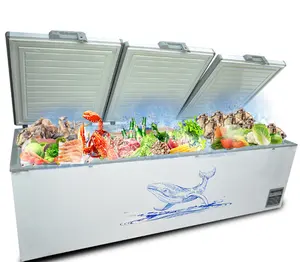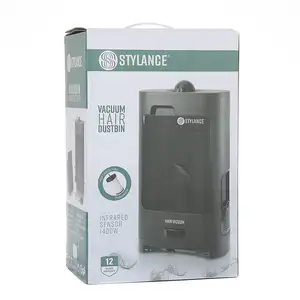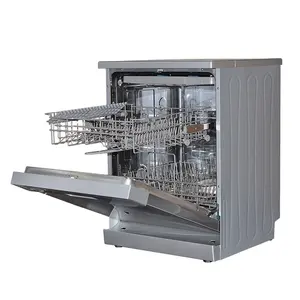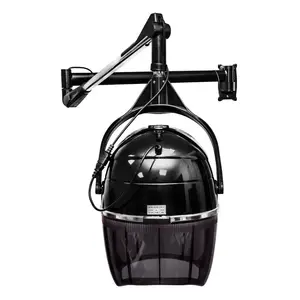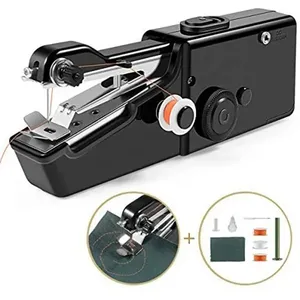Popular in your industry
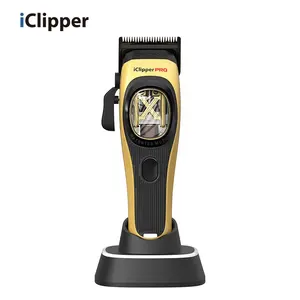

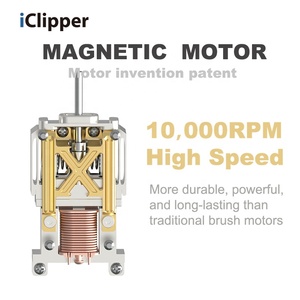
































































Top categories
About fading clipper
What is a Fading Clipper?
A fading clipper is a clipper for a fade haircut is an electric hair cutting tool specifically designed for creating smooth and seamless transitions between different lengths of hair. Fading is a popular technique in hairstyling where the hair gradually changes from shorter to longer, creating a blended and tapered effect. Clippers are essential tools for achieving this style.
Features of a Fading Clipper
Fade clippers typically come with adjustable blades or guards that allow you to change the cutting length. Fading clipper guards are crucial for creating the gradual transition characteristic of a fade. Many fade clippers have a taper lever that allows for even more precise blending. The lever can be adjusted to gradually change the cutting length without changing the blade. Clippers used for fades often have close-cutting blades that can trim hair very short. This is important for achieving a tight and clean fade. A strong motor is essential for cutting through different hair textures efficiently. Clippers with powerful motors are capable of handling various hair types and thickness.
Fade clippers come in both corded and cordless models. Cordless clippers provide more flexibility of movement, while corded ones ensure a continuous power supply. Self-fading clippers are designed to be comfortable to hold and maneuver, allowing barbers or individuals cutting their hair to have better control and precision. Clippers usually come with maintenance tools, such as oil for lubrication and cleaning brushes. Some may also include different clipper attachments or guards to achieve various fade lengths.
Fading Clipper Maintenance
Proper maintenance of fading clippers is crucial to ensure their longevity and optimal performance. Regular cleaning and lubrication can help prevent rust, reduce friction, and keep the blades sharp. After each use, turn off the fading clipper and use a brush or a small cleaning tool (often provided with the clippers) to remove hair from the blades and the clipper body. Make sure to get rid of any hair trapped between the teeth of the blades. Use a can of compressed air to blow out any remaining hair or debris from the clipper, especially from hard-to-reach areas. If using the clippers in a professional setting, it's important to disinfect them between clients. One can use clipper spray or a disinfectant solution recommended by the clipper's manufacturer. Follow the product instructions for proper disinfection. Apply clipper oil to the blades regularly to keep them lubricated. This helps reduce friction and heat, preventing premature wear and tear. Follow the manufacturer's recommendations for the type of oil to use and how often to apply it. Add a few drops of oil to the blades while the clipper is running to ensure even distribution. Wipe away any excess oil with a clean cloth.
Check the alignment of the blades regularly. If the blades are misaligned, it can affect the cutting performance. Follow the manufacturer's instructions for adjusting and aligning the blades. Some clippers have a taper lever that may need adjustment. Ensure it moves smoothly and is not stuck. Periodically inspect the blades for any signs of wear, damage, or dullness. If the blades are damaged or dull, consider replacing them according to the manufacturer's recommendations. Store clippers in a dry and cool place. Avoid leaving them in humid environments, as moisture can lead to rust. Always refer to the manufacturer's guidelines and instructions for maintenance. They may provide specific details on cleaning, lubrication, and other care practices tailored to the specific clipper model. Replace any worn-out parts, such as blades or power cords, as needed. Using damaged or worn parts can affect the performance of the clippers and may lead to uneven cuts.
